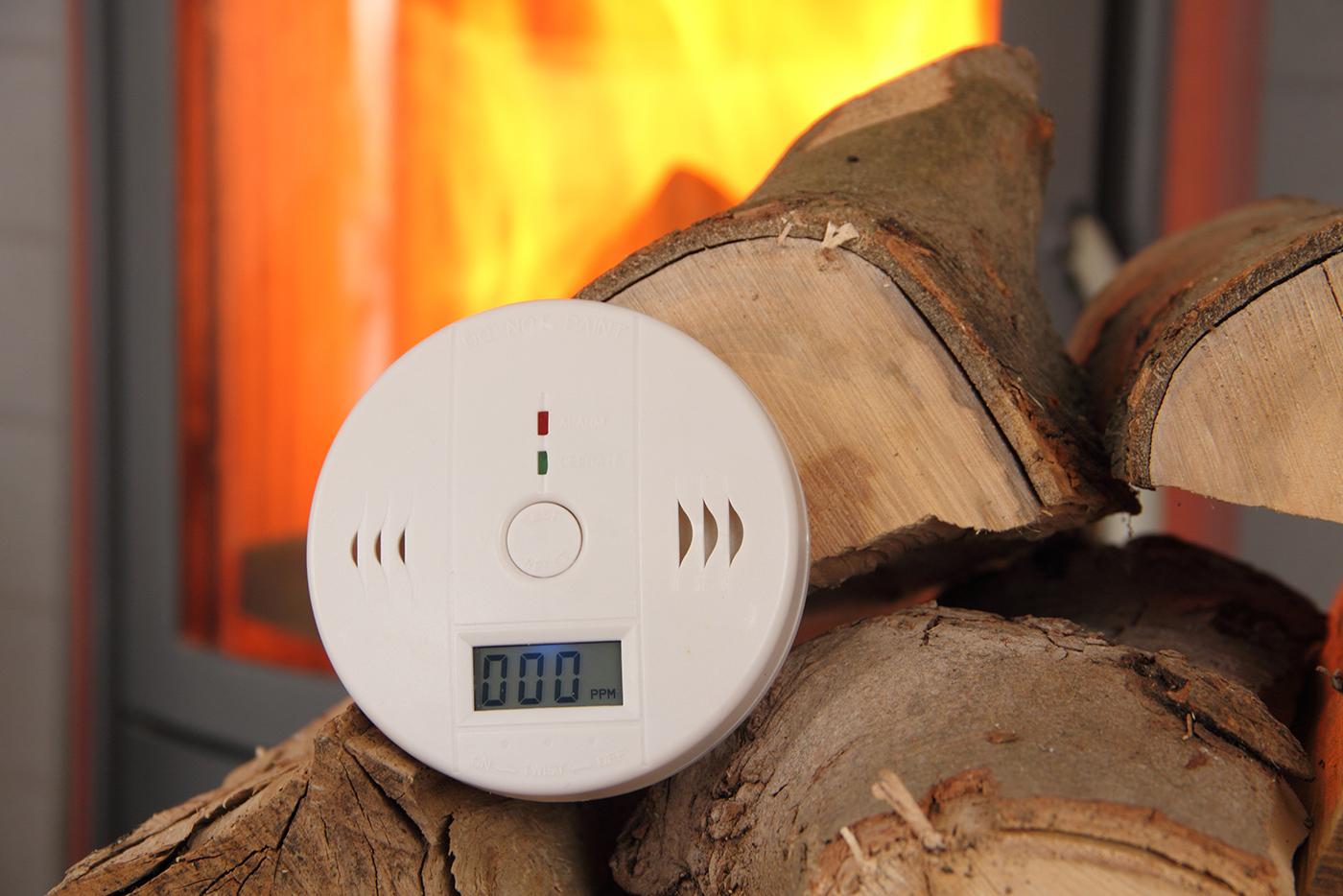Carbon monoxide (CO) is called the silent killer for a reason. You can't see it or smell it, but it can make you very sick — or even be deadly. Every year, more than 400 people in the United States die from carbon monoxide exposure, and thousands more get sick and need medical care.1
November is National Carbon Monoxide Awareness Month. It's a good reminder to check your home, car and workplace for ways to prevent CO exposure. All CO poisonings can be prevented.
What is Carbon Monoxide?
Carbon monoxide is a colorless, odorless, poisonous gas produced by:
- Fuel-burning appliances
- Generators
- Heaters
- Running cars
- Power tools
Anyone can be exposed, but some people are at higher risk — including unborn babies, young children, older adults and people with heart or lung problems.
Signs of Carbon Monoxide Poisoning
Initial symptoms can feel like the flu but without a fever. You might notice:
- Headache
- Shortness of breath
- Chest pain
- Nausea or vomiting
- Dizziness
- Loss of consciousness
If you or someone near you has these symptoms, get outside to fresh air right away and call 911. Do not try to find the source of the gas yourself.

What to Do if the CO Alarm Sounds
- Leave the building immediately and go outside.
- Call 911.
- Stay out of the building until emergency responders say it's safe.
- Do not drive yourself if you feel dizzy or sick.
If you wait too long, you could lose consciousness and die.
How to Prevent Carbon Monoxide Poisoning
You can protect your family and coworkers by following these simple steps:
Install CO detectors on every level of your home and check the batteries every six months.
- Have furnaces, water heaters and chimneys inspected each year.
- Never run a car or truck inside a garage, even if the door is open.
- Do not use portable generators, charcoal grills or camping stoves indoors.
- Keep fuel-burning tools and engines away from open windows or doors.
- Make sure appliances are properly vented and used according to manufacturer instructions.
Carbon Monoxide Safety at Work
Carbon monoxide can also build up at job sites, especially where gas-powered equipment or generators are used.
Employers should:
- Install CO detectors and check them regularly.
- Continuously monitor CO levels when using indoor combustion sources.2
- Make sure there is proper ventilation in work areas.
- Train workers to recognize symptoms of CO poisoning.
- Maintain buildings, HVAC systems and equipment to reduce CO buildup.
In NC, the workplace safety limit for CO in general industry and construction is 50 parts per million averaged over eight hours.3
Learn more
For more information and resources, visit:
- NCDHHS Occupational and Environmental Epidemiology Branch
- National Carbon Monoxide Awareness Association
- CDC: Carbon Monoxide Poisoning
- CDC: CO Poisoning on Your Boat
- CDC/NIOSH: Workplace Carbon Monoxide Hazards
- OSHA: Carbon Monoxide Poisoning Factsheet

